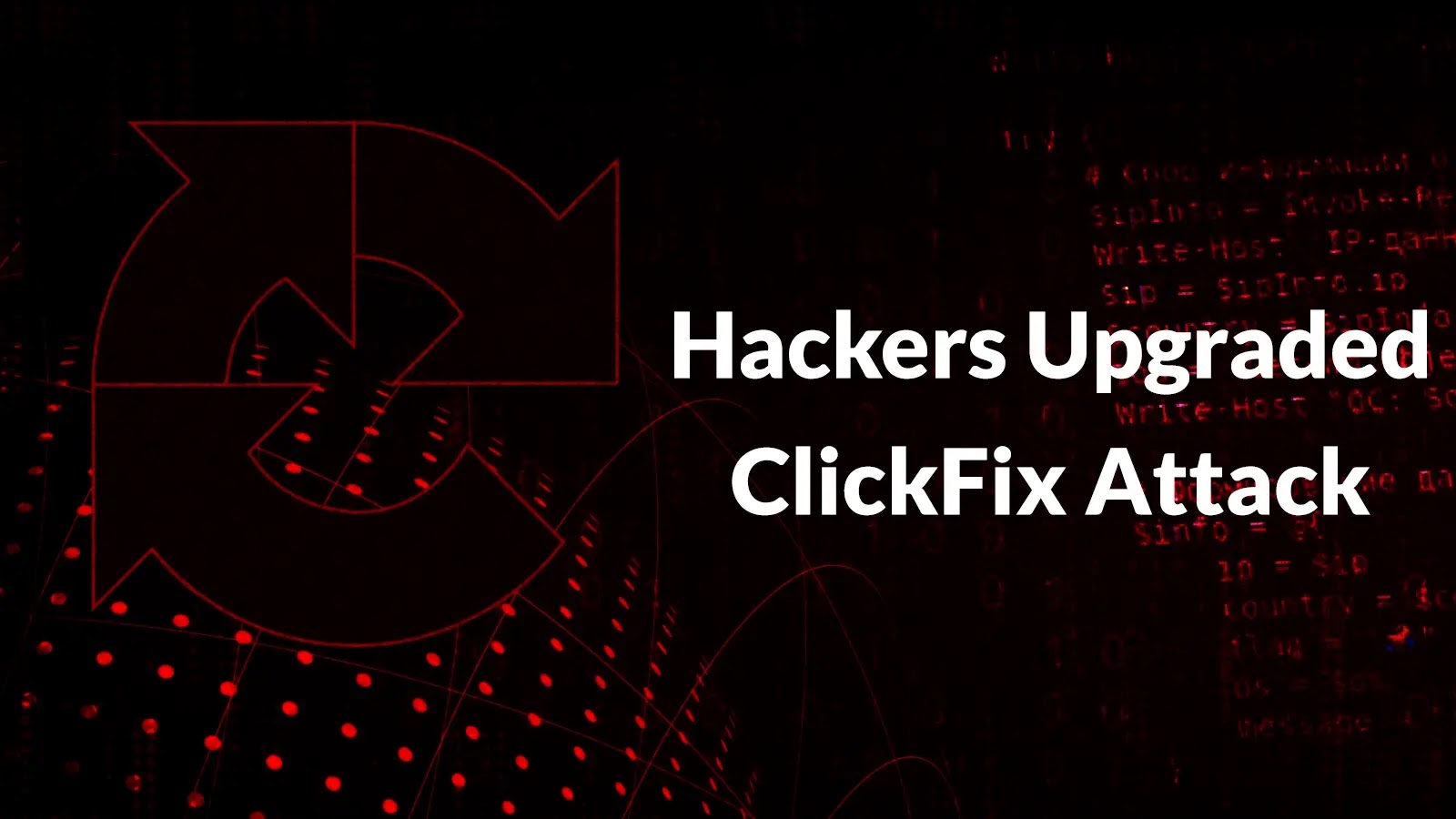In a significant cybersecurity incident, unidentified hackers have successfully infiltrated the Acquisition Research Center (ARC), a pivotal intelligence website utilized by the Central Intelligence Agency (CIA) and other U.S. agencies to manage sensitive government contracts. The National Reconnaissance Office (NRO), which oversees the ARC, confirmed the breach, raising concerns about the security of classified information and the potential implications for national security.
The Acquisition Research Center (ARC): A Critical Hub
The ARC serves as an unclassified portal that facilitates interactions between private sector companies and the U.S. intelligence community. It is the primary platform where vendors submit proposals and manage contracts related to various intelligence programs. The breach has potentially exposed proprietary intellectual property and personal information of vendors involved in several high-profile CIA initiatives, including the highly classified Digital Hammer program.
Digital Hammer: A Closer Look
Digital Hammer is one of the CIA’s most sensitive technology development programs, focusing on advancing human intelligence gathering, surveillance, and counterintelligence operations. The program emphasizes countering foreign intelligence threats, particularly from nations like China. It encompasses the development of cutting-edge technologies such as open-source intelligence platforms, miniaturized sensors, covert surveillance tools, advanced acoustic and communication systems, and artificial intelligence-driven data collection and analysis tools.
According to CIA Deputy Director of Acquisition Management Lori Ann Duvall-Jones, Digital Hammer provides a contracting vehicle that allows vendors to present innovative offerings within a CIA space. The breach’s potential exposure of data related to this program is particularly alarming, given its critical role in national security operations.
Extent and Implications of the Breach
The full scope of the breach is currently under investigation by federal law enforcement agencies. However, intelligence sources indicate that the hackers likely accessed information on key technologies vital to CIA operations. Beyond Digital Hammer, other potentially compromised areas include:
– Space Force Surveillance Satellite Programs: These programs are essential for monitoring global activities and ensuring space security.
– Space-Based Weapons Development: The development of offensive and defensive capabilities in space is crucial for maintaining strategic superiority.
– Golden Dome Missile Defense Program: This program focuses on developing advanced missile defense systems to protect against potential threats.
The ARC website is integral to the intelligence community’s market research, solution identification, and communication with industry partners. Its compromise could disrupt these processes and expose sensitive information to adversaries.
Broader Context: A Pattern of Cyberattacks
This incident is part of a broader pattern of state-sponsored cyberattacks targeting critical U.S. infrastructure. Recently, Microsoft revealed that Chinese hackers successfully penetrated the Department of Energy’s National Nuclear Security Administration (NNSA), the federal agency responsible for maintaining America’s nuclear weapons stockpile.
The NNSA breach, which occurred on July 18, exploited zero-day vulnerabilities in Microsoft SharePoint servers. Three Chinese threat groups—Linen Typhoon, Violet Typhoon, and Storm-2603—were identified as the primary actors behind these attacks, compromising over 400 organizations and government agencies worldwide.
– Linen Typhoon: Active since 2012, this group specializes in stealing intellectual property from government, defense, and human rights organizations.
– Violet Typhoon: Operational since 2015, this group focuses on espionage campaigns targeting government personnel, NGOs, think tanks, and higher education institutions.
– Storm-2603: This group has been observed deploying ransomware using the same vulnerabilities exploited in the NNSA breach.
Expert Analysis: A State-Sponsored Operation
L.J. Eads, a former Air Force intelligence officer and founder of Data Abyss, assessed that the ARC breach was not opportunistic but rather a sophisticated state-sponsored operation. Given the sensitivity and exclusivity of the Digital Hammer program, this compromise almost certainly points to a state-sponsored actor, likely China, Eads told The Washington Times.
The targeting of proprietary innovations intended for CIA-backed programs suggests a strategic effort to undermine U.S. intelligence capabilities and gain access to advanced technologies.
Historical Precedents: A Troubling Pattern
This breach is not an isolated incident. The CIA has faced significant cybersecurity challenges in the past. In 2017, WikiLeaks published the Vault 7 series, detailing the CIA’s cyber warfare capabilities. An internal report revealed that the breach occurred due to woefully lax security practices within the agency’s Center for Cyber Intelligence (CCI). The report highlighted that the CCI had prioritized developing cyber weapons over securing their own systems, leading to the largest data loss in CIA history.
Similarly, between 2010 and 2012, the CIA suffered a significant loss of human sources in China due to a compromised communications system. The system, which was imported from operations in the Middle East, was ill-suited for the Chinese environment and was exploited by Chinese intelligence, leading to the identification and elimination of numerous CIA informants.
Moving Forward: Strengthening Cybersecurity Measures
The recent breach underscores the urgent need for the CIA and other intelligence agencies to bolster their cybersecurity measures. This includes:
– Implementing Robust Security Protocols: Ensuring that all systems, especially those handling sensitive information, are equipped with the latest security measures and regularly updated to address vulnerabilities.
– Enhancing User Activity Monitoring: Establishing comprehensive monitoring systems to detect and respond to unauthorized access or suspicious activities promptly.
– Compartmentalizing Sensitive Information: Limiting access to classified information based on necessity and ensuring that data is compartmentalized to minimize potential exposure in the event of a breach.
– Conducting Regular Security Audits: Performing routine audits to identify and rectify security weaknesses, ensuring compliance with established protocols.
– Training Personnel: Providing ongoing cybersecurity training to personnel to raise awareness about potential threats and best practices for maintaining security.
Conclusion
The compromise of the ARC website serves as a stark reminder of the persistent and evolving cyber threats facing U.S. intelligence agencies. As adversaries continue to develop sophisticated cyber capabilities, it is imperative for agencies like the CIA to prioritize cybersecurity, safeguard sensitive information, and maintain the integrity of national security operations.



